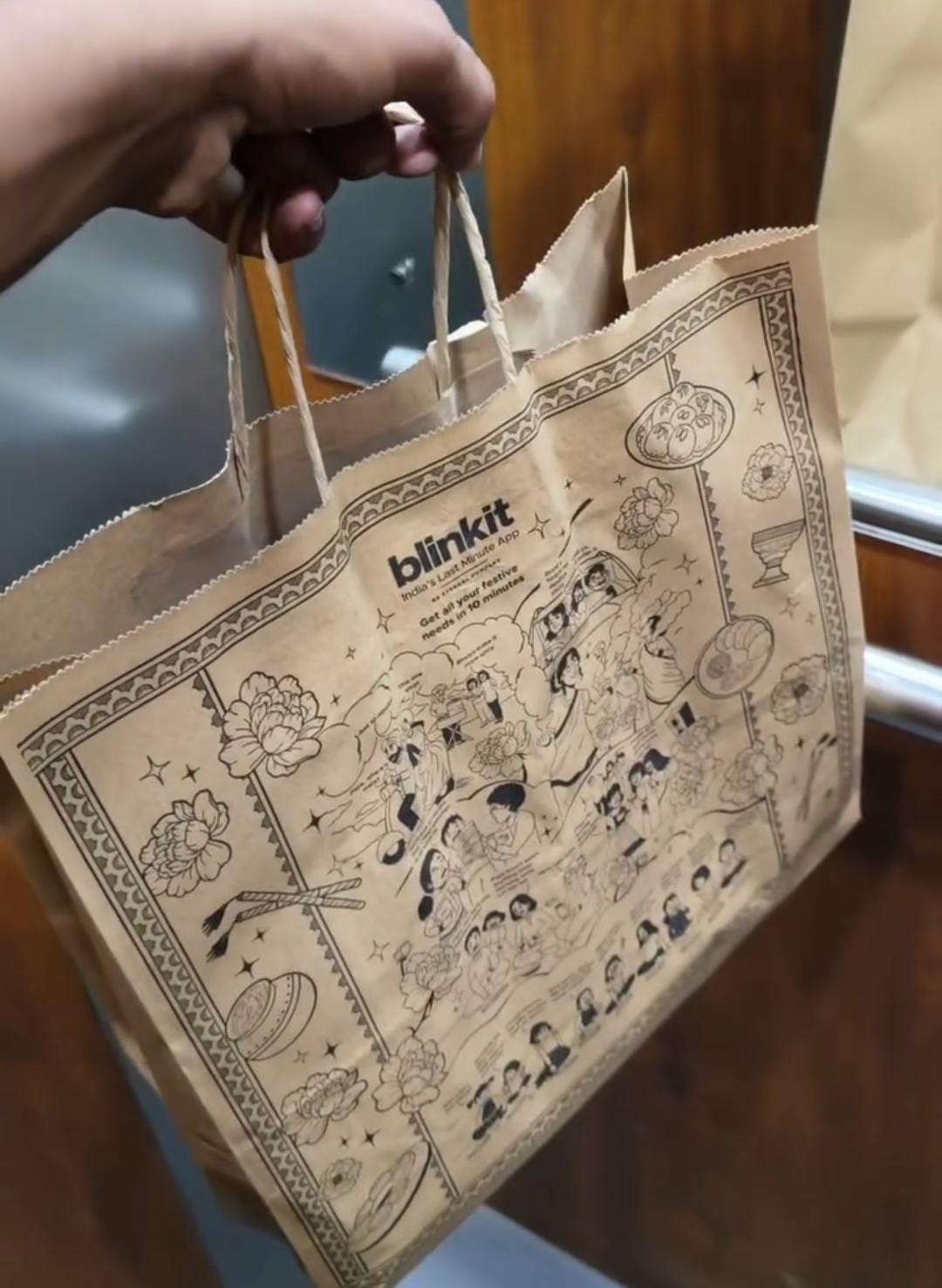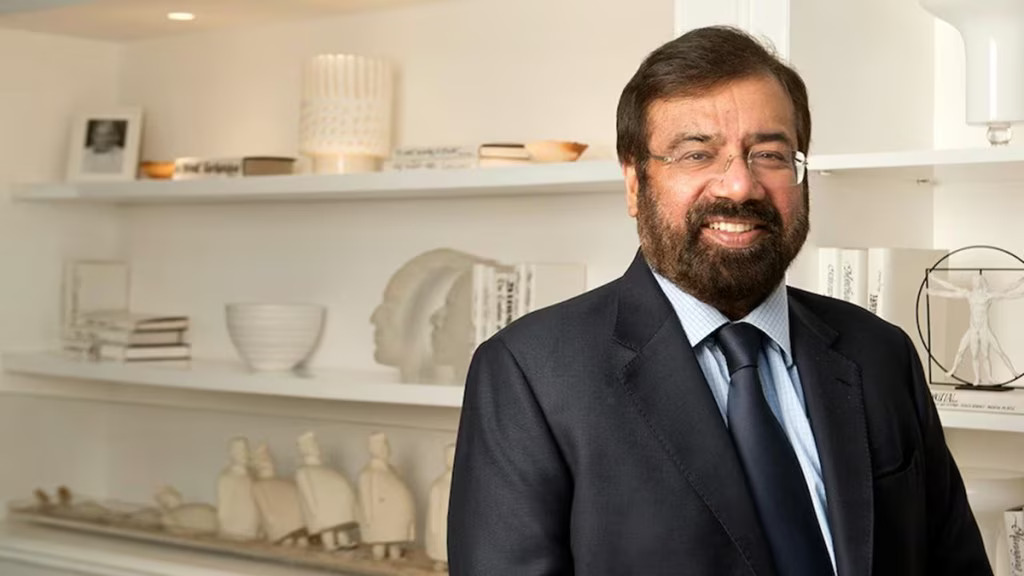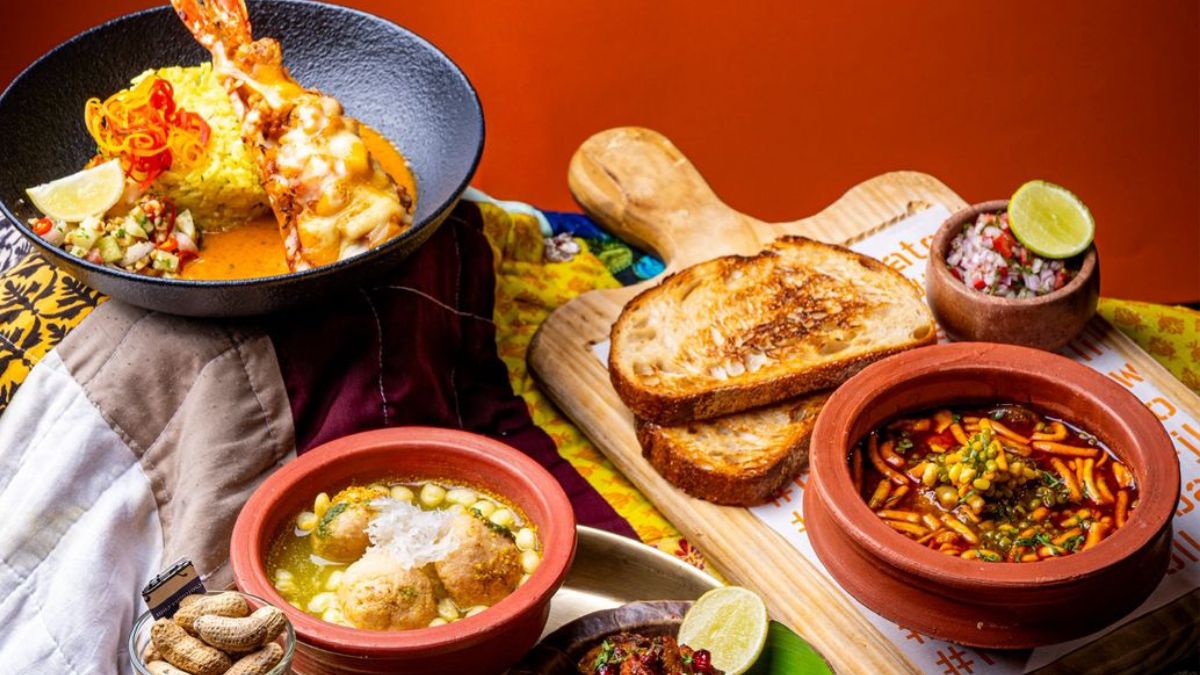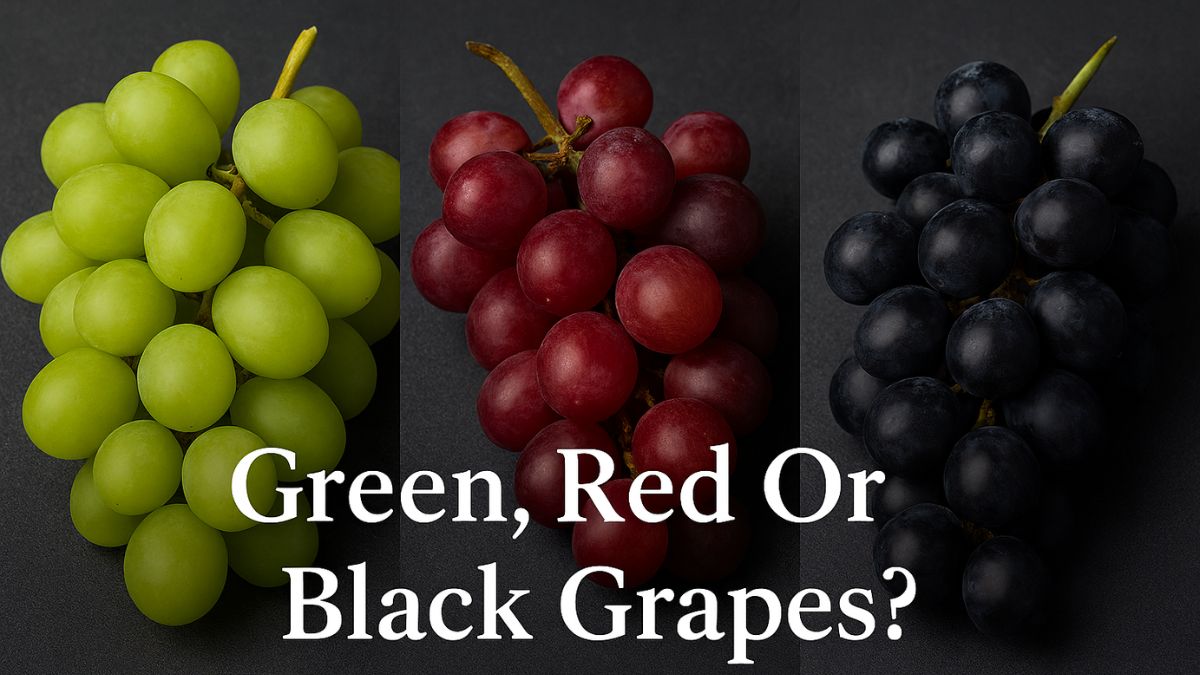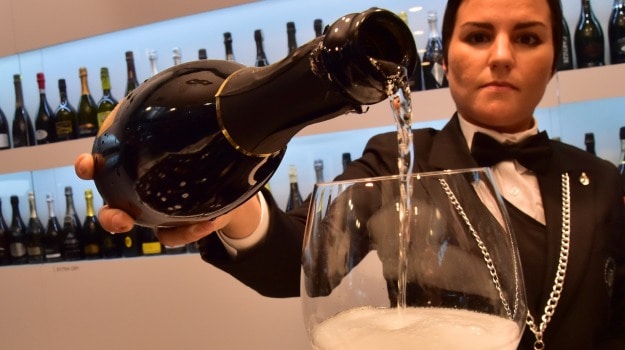If there was one tipple wine lovers couldn't get enough of last year it was prosecco, the Italian sparkler that has outstripped champagne as the world's favourite bubbly. And listening to industry insiders assembled in the city of Romeo and Juliet for the VinItaly wine fair, the global love affair with the country's finest fizz is not about to go flat. A disappointing 2014 harvest means producers could soon be struggling to keep pace with expanding demand as consumers in China -- where the wine industry is burgeoning -- and South-East Asia look to join a party already in full swing in the English-speaking world. Giancarlo Vettorello, the head of the consortium of producers of Prosecco Superiore, says his members' success can be put down to the fact that it is not a wine that takes itself too seriously.
"It is ideal for a little refreshment, a little break in the day," he told AFP. "To drink champagne you have to put on a dinner jacket. Prosecco is more casual and relaxed." Lighter, generally less dry and significantly less expensive than its French rival champagne, prosecco has seen its overseas sales surge at a time when a grim economic backdrop has left domestic consumption flat in volume terms and shrinking in value. - Cheaper and sweeter - Elsewhere it seems, belt-tightening times have bolstered prosecco's appeal as more and more people buy into its promise of an affordable glass of everyday celebration. "I think it's got to do with the recession, and the price," said Angela Lynas, a Scottish wine merchant who was one of thousands of professionals attending VinItaly. "But it is also about the relative sweetness - it's not as dry as champagne. "Some of the lower range champagnes are quite acidic and I think when people are faced with a choice, they would choose prosecco." Delysia Grewal, of British marketing group DiGiadvertising, said prosecco producers have been wise not to compromise standards as they seek to expand production to keep up with demand from markets such as Britain and the United States, avoiding a trap some Spanish cava producers are seen as having fallen into. "I would say it's going to be a long term product (in Britain), I don't think it's a one-off trend," Grewal said. Produced in a small, hilly corner of the Veneto region of northeastern Italy, prosecco was a well-kept secret until a decade ago, with only a tiny proportion of output heading to Germany and Switzerland. Nowadays total production of the different categories of the fizz totals some 380 million bottles per year with the value of sales at the point of consumption in the region of three billion euros ($3.2 billion). The bulk of the output is classed as Prosecco DOC - which means it must be produced in the designated production area around 70 kilometres (42 miles) north of Venice. Prosecco Superiore is made in a more limited area in and around the villages of Coniglio and Valdobbiadene, which includes the micro-zone of Cartizze, where the self-styled "Grand Cru" of the region is produced. Top grade Prosecco can also come from nearby Asolo, which has its own appellation. Italy now accounts for only 30 percent of Prosecco DOC sales thanks to its export success. Exports to the US were up 34 percent last year while the British market grew 60 percent. - Chinese buyers - Now all the signs are that the region's dynamic, quality-focused producers could be on the verge of repeating that success in China and elsewhere in Asia. China is today the world's fifth largest consumer of wines in general, after France, Italy, the United States and Germany. Whereas early customers were well-heeled, the country's emerging middle class has acquired a growing taste for wine and wants value for money. "The Chinese consumer is looking for easy-drinking, straightforward wines, preferably a little off dry and not too expensive," explained a buyer for a major Chinese wine operation who did not want to be quoted by name. "Champagne is only for the elite and sparkling wines are catching on with the middle classes," she said. Also in Verona was Clinton Ang, managing director of Singapore's Corner Stone, a major importer of wine to South East Asia who said he had said he had come specifically in search of a prosecco suitable for his markets. "The objective we set ourself before leaving was to find a prosecco that met certain characteristics," he told VinItaly's website. "Not only did I find what I was looking for, but the meeting has led to a joint venture with the producer."
Photo Credit: AFP


